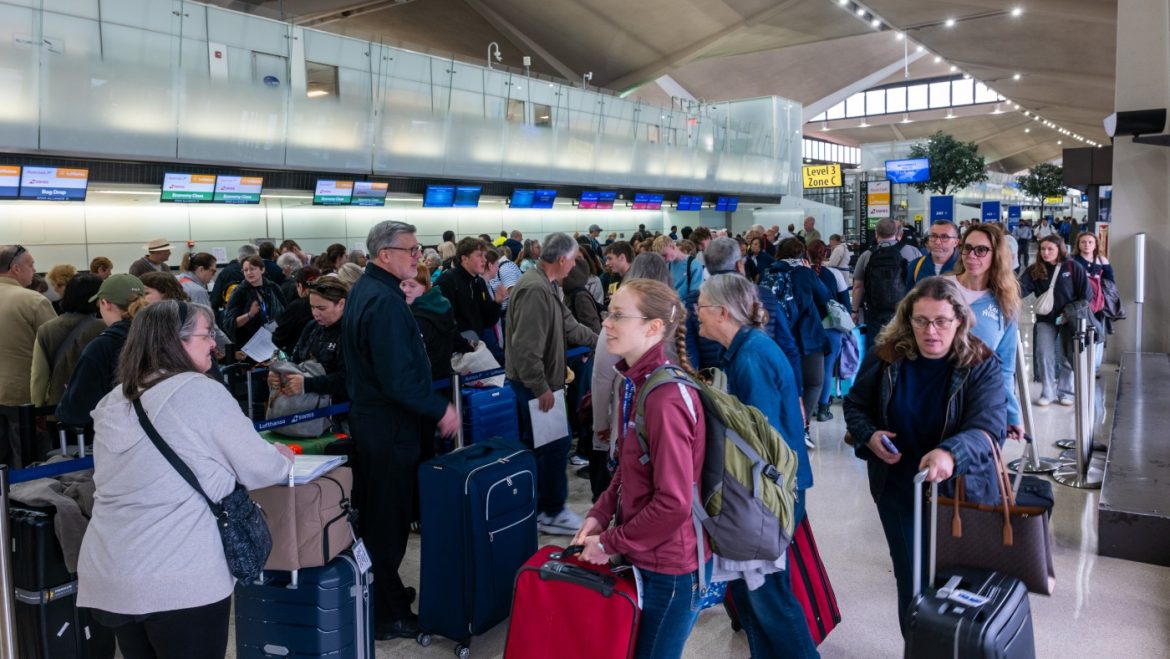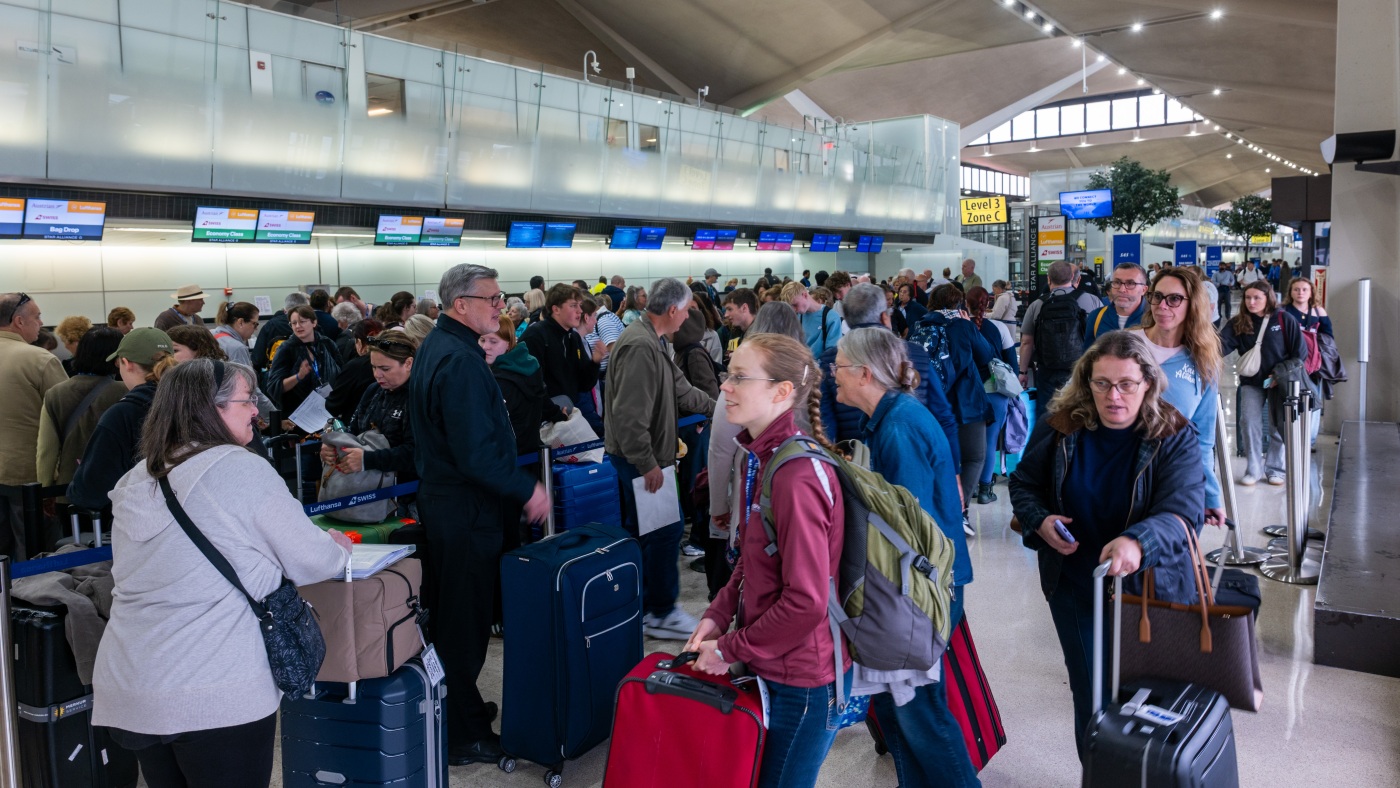The Current Crisis at Newark Airport
Newark Liberty International Airport, one of the busiest hubs in the United States, has been grappling with an unprecedented series of disruptions, leaving thousands of passengers stranded and frustrated. The chaos began on April 28 and has since escalated, with hundreds of flights delayed or canceled daily. This report delves into the root causes of the crisis, its impact on travelers, and the steps being taken to mitigate the situation.
The Scope and Scale of the Disruption
The disruptions at Newark Airport have been severe and far-reaching. Since April 28, a total of 885 flights have been canceled, and countless others have been delayed. The issues have persisted for over a week, with no immediate end in sight. The Federal Aviation Administration (FAA) has implemented a ground delay program to manage the influx of aircraft, but the backlog continues to grow. On a single day, up to 38 flights were canceled, and 60 were delayed, affecting passengers traveling to 76 different destinations across the U.S.
Root Causes of the Crisis
Several compounding factors have contributed to the current state of chaos at Newark Airport. These include:
Air Traffic Controller Staffing Shortages
One of the primary issues is a significant shortage of certified air traffic controllers. The FAA acknowledges that the air traffic control system handling Newark’s traffic is understaffed, leading to communication breakdowns and delays. In one instance, controllers in Area C of the Philadelphia TRACON lost communication with aircraft, exacerbating the travel chaos. The FAA has stated that replacing controllers is challenging due to the highly specialized nature of the profession, and training new controllers takes time.
Aging Technology and Equipment Failures
Newark Airport’s infrastructure is aging, and the technology used to manage air traffic is outdated. Equipment failures and blackouts have occurred, further disrupting operations. For example, a 60-90 second outage last week caused ATC screens to go dark, leading to a cascade of delays and diversions. The airport is currently undergoing a $121 million runway rehabilitation project, which has temporarily closed one of its three runways, adding to the congestion.
Bad Weather
Inclement weather has also played a role in the disruptions, with storms and other adverse conditions grounding flights and causing delays. However, the primary issues stem from staffing and equipment problems, which have been exacerbated by the weather.
Trauma Leave and Other Staffing Issues
The FAA has cited staffing issues, including trauma leave, as a contributing factor to the extreme flight delays. Air traffic controllers and other essential staff may be taking time off due to stress and burnout, further depleting the workforce and straining the system.
Impact on Travelers
The disruptions at Newark Airport have had a significant impact on travelers. Passengers have reported spending hours waiting for missed, diverted, or canceled flights, or stuck aboard planes on the tarmac. The chaos has led to widespread frustration and inconvenience, with some travelers expressing safety concerns. United Airlines, the largest carrier at Newark, has offered free ticket changes in response to the delays, but the situation remains challenging for many passengers.
Government and Industry Response
The crisis at Newark Airport has drawn the attention of lawmakers and industry officials. Senate Minority Leader Chuck Schumer has called for an investigation into the FAA’s handling of the situation, stating that the chaos at Newark could be a harbinger of issues to come if not addressed. The FAA has acknowledged the problems and is working to implement a new air traffic control plan to alleviate the backlog. However, the timeline for resolution remains uncertain.
Looking Ahead
As Newark Airport continues to grapple with delays and cancellations, travelers are advised to stay informed and prepared for potential disruptions. The FAA and airport officials are working to address the underlying issues, but a swift resolution may not be imminent. In the meantime, passengers should expect continued chaos and plan accordingly.
Conclusion: A Call for Urgent Action
The situation at Newark Airport serves as a stark reminder of the vulnerabilities in our air traffic control system. The convergence of staffing shortages, aging technology, and infrastructure projects has created a perfect storm of delays and cancellations, leaving thousands of passengers in limbo. Urgent action is needed to address these issues and prevent similar crises in the future. Lawmakers, industry officials, and airport authorities must work together to invest in modernizing infrastructure, recruiting and training air traffic controllers, and implementing robust contingency plans. Only through concerted effort and investment can we hope to prevent such widespread disruptions and restore confidence in our air travel system. The chaos at Newark Airport should serve as a wake-up call, prompting swift and decisive action to ensure the safety and efficiency of our skies.


